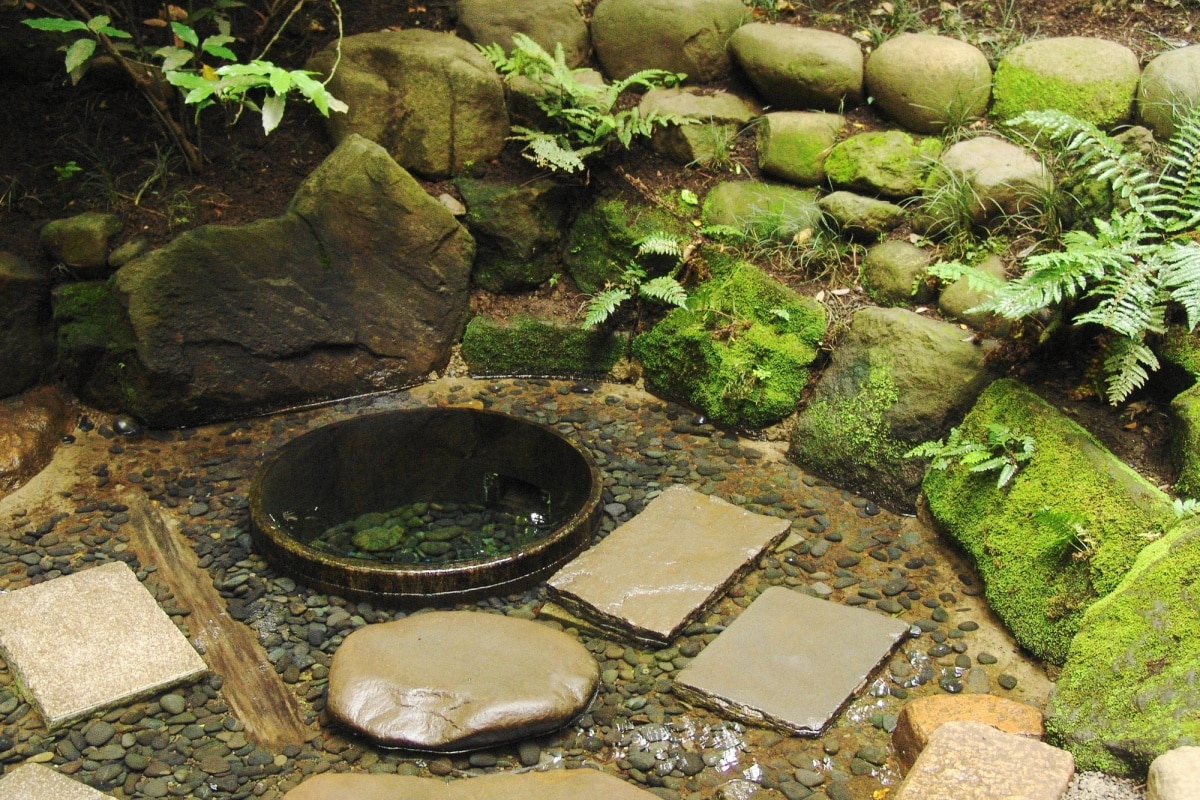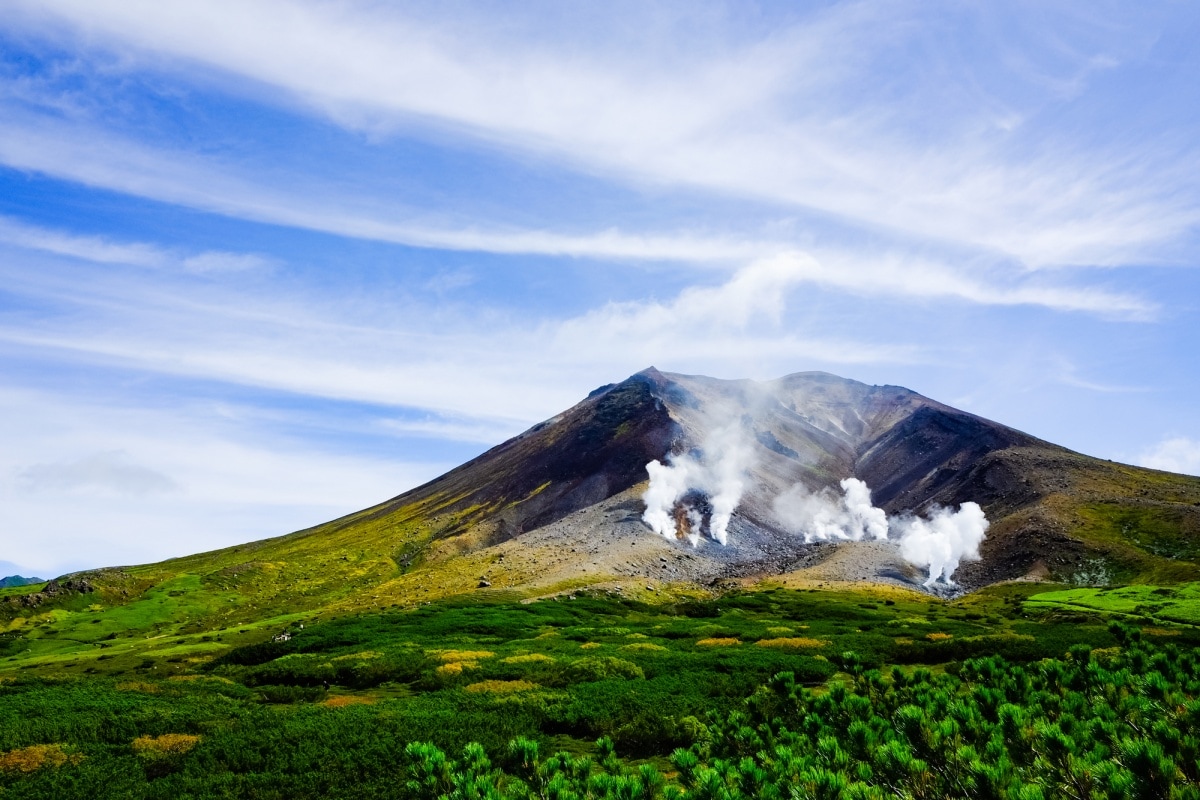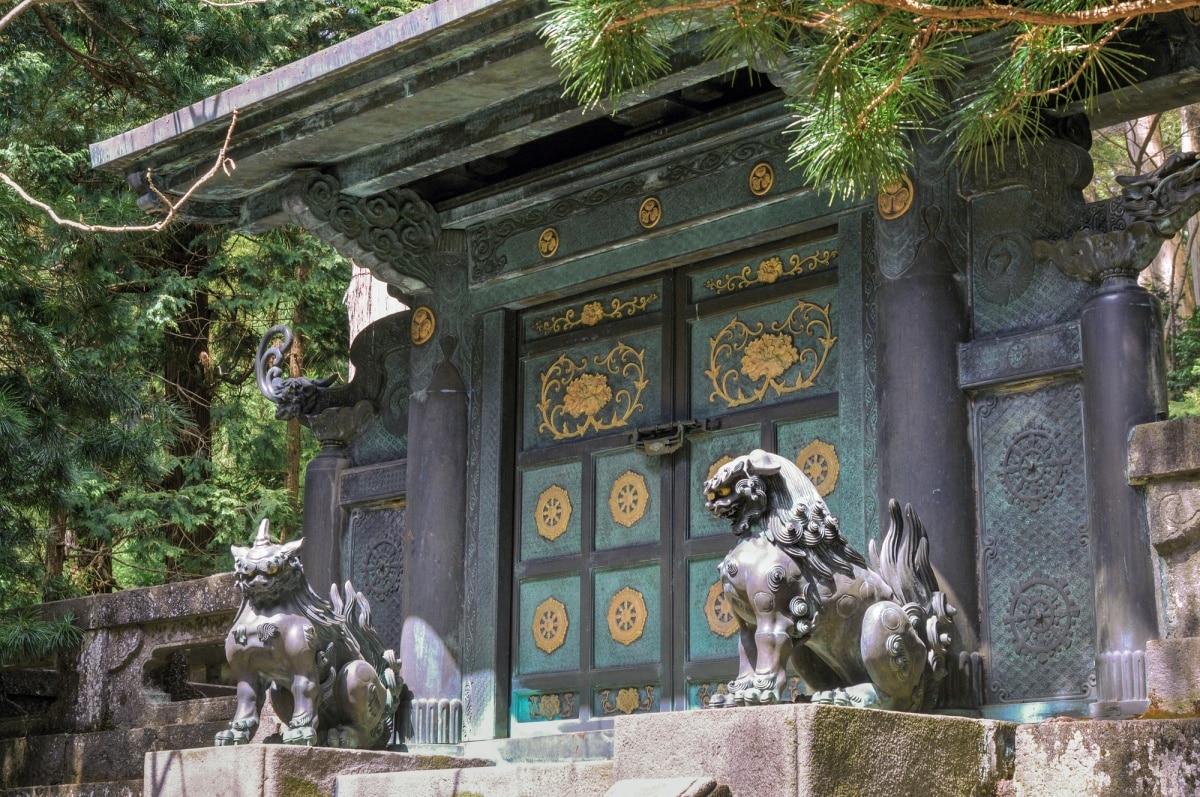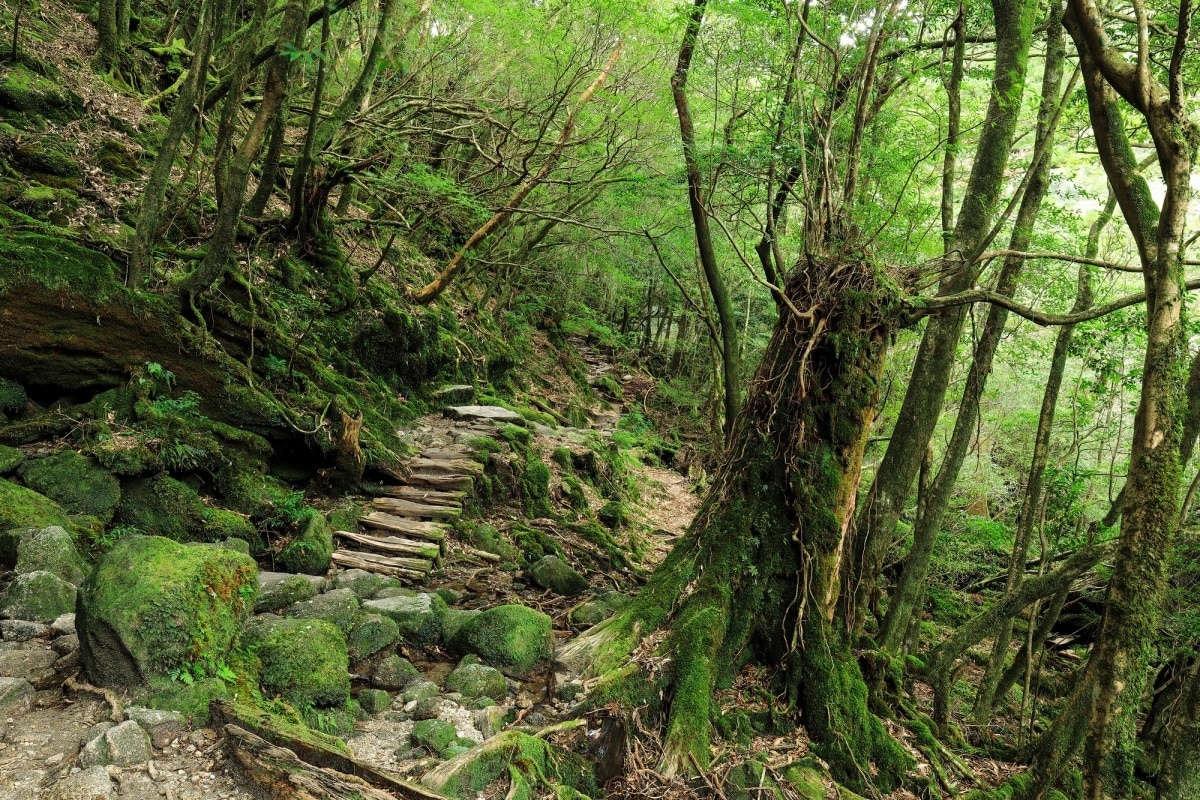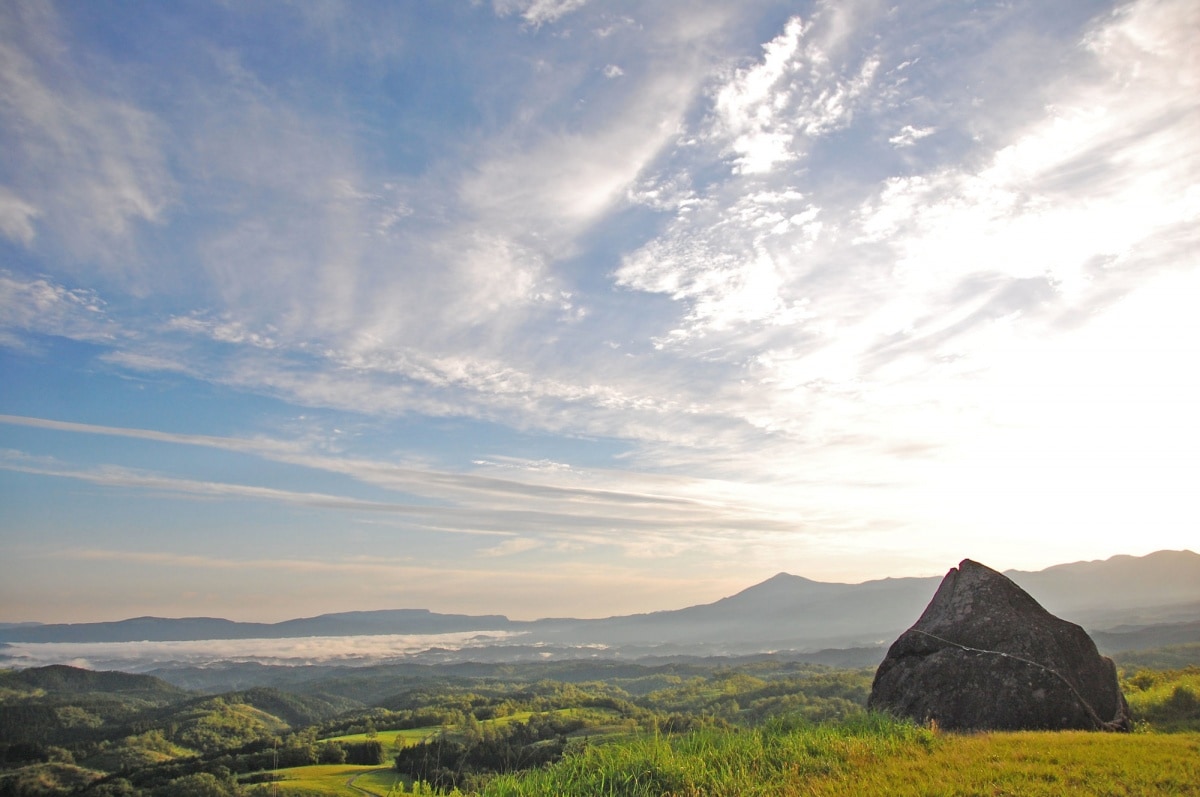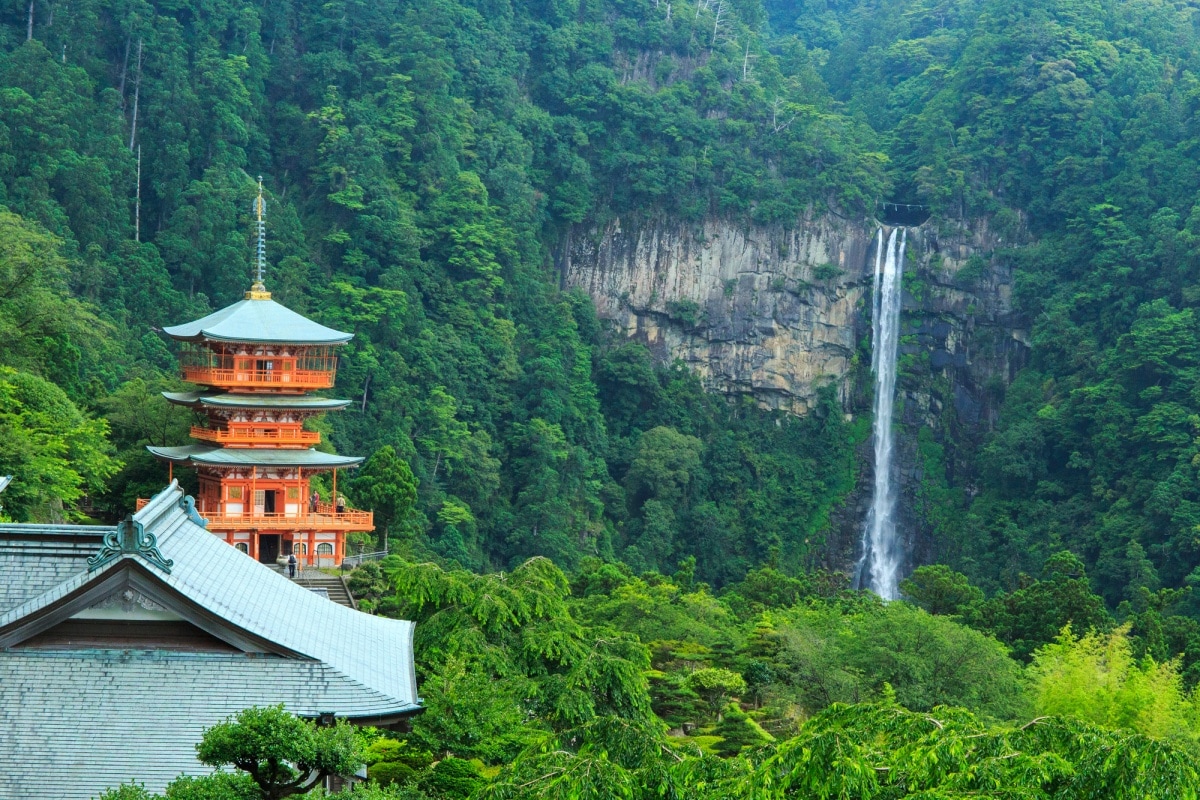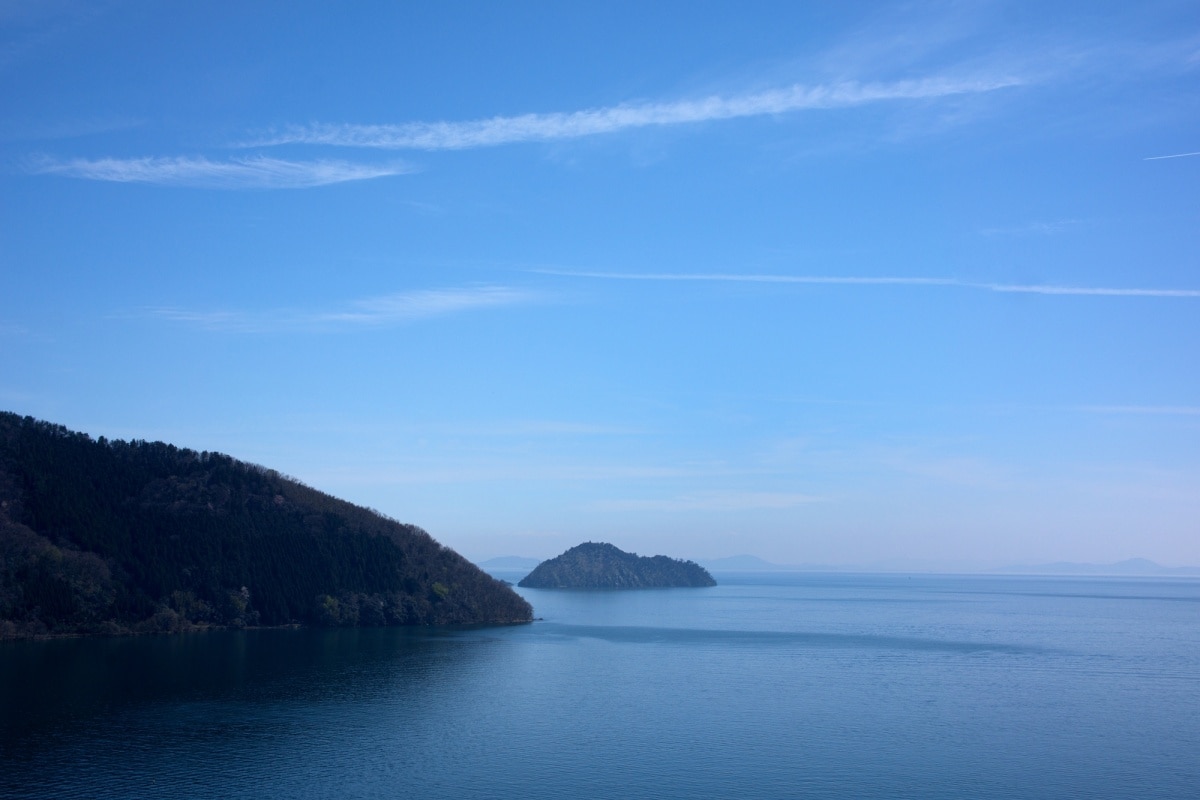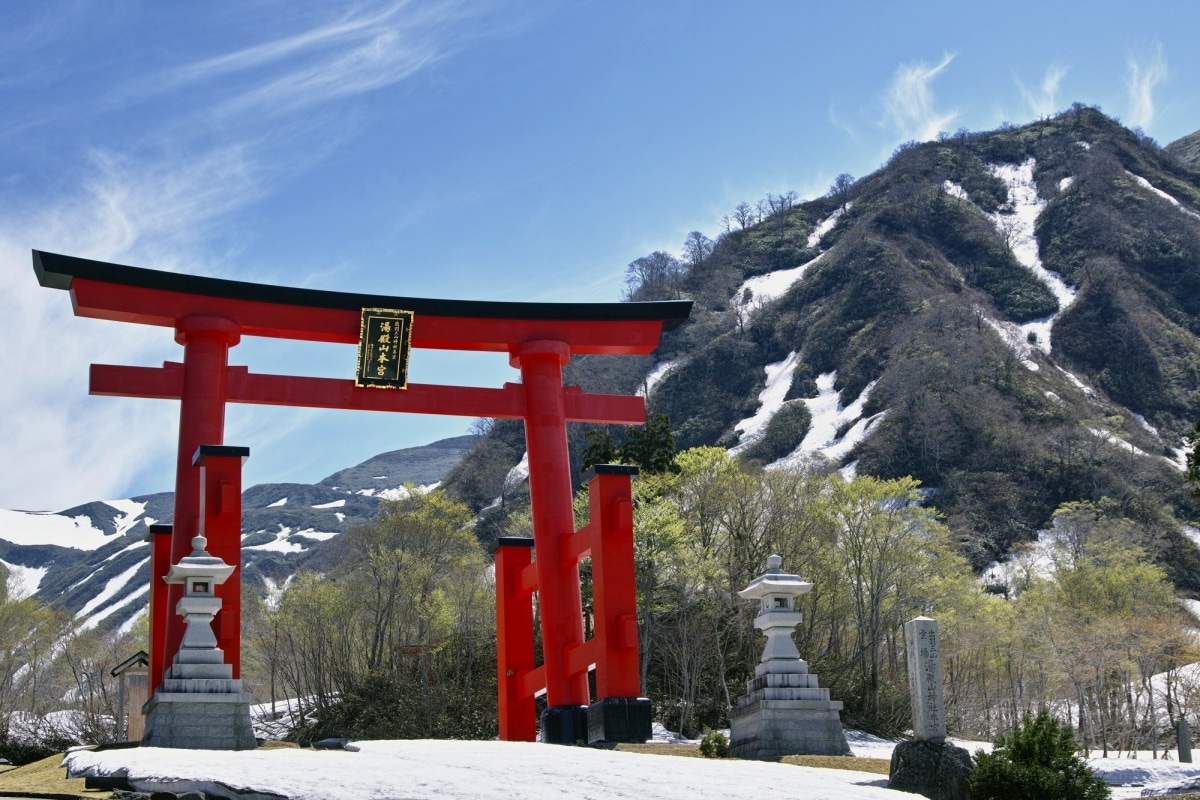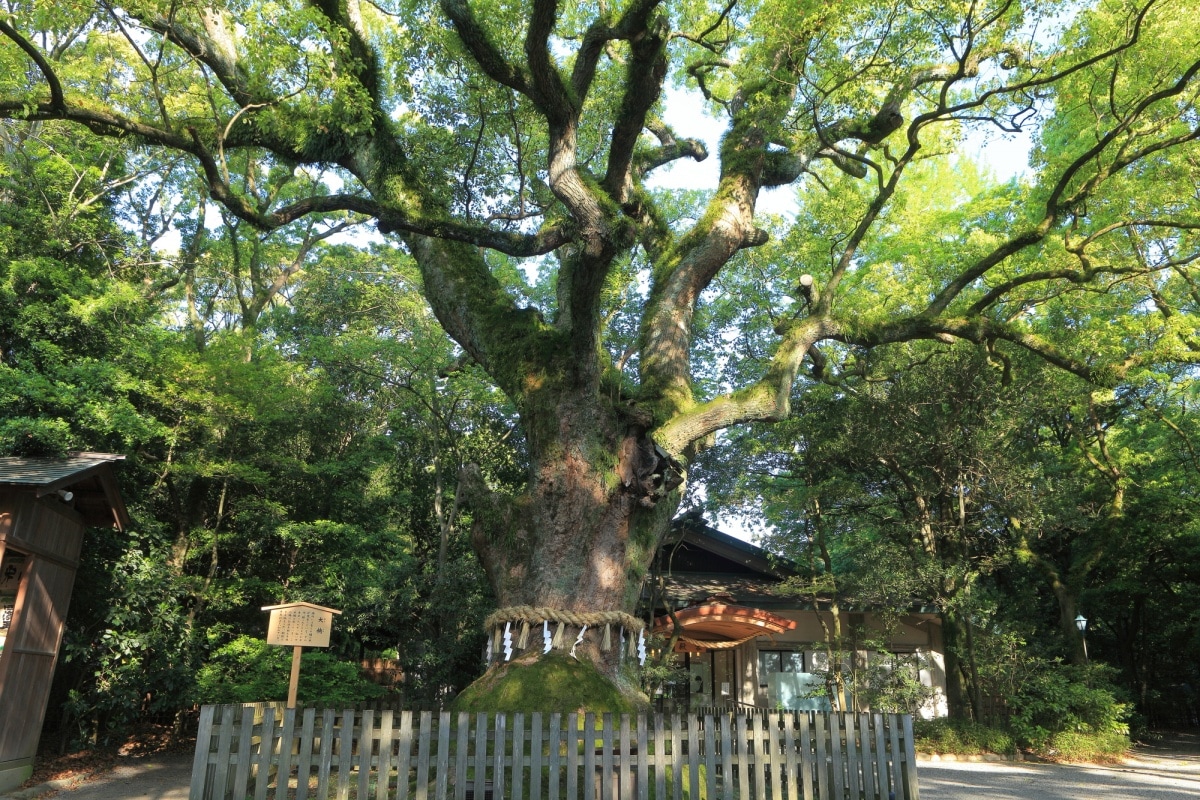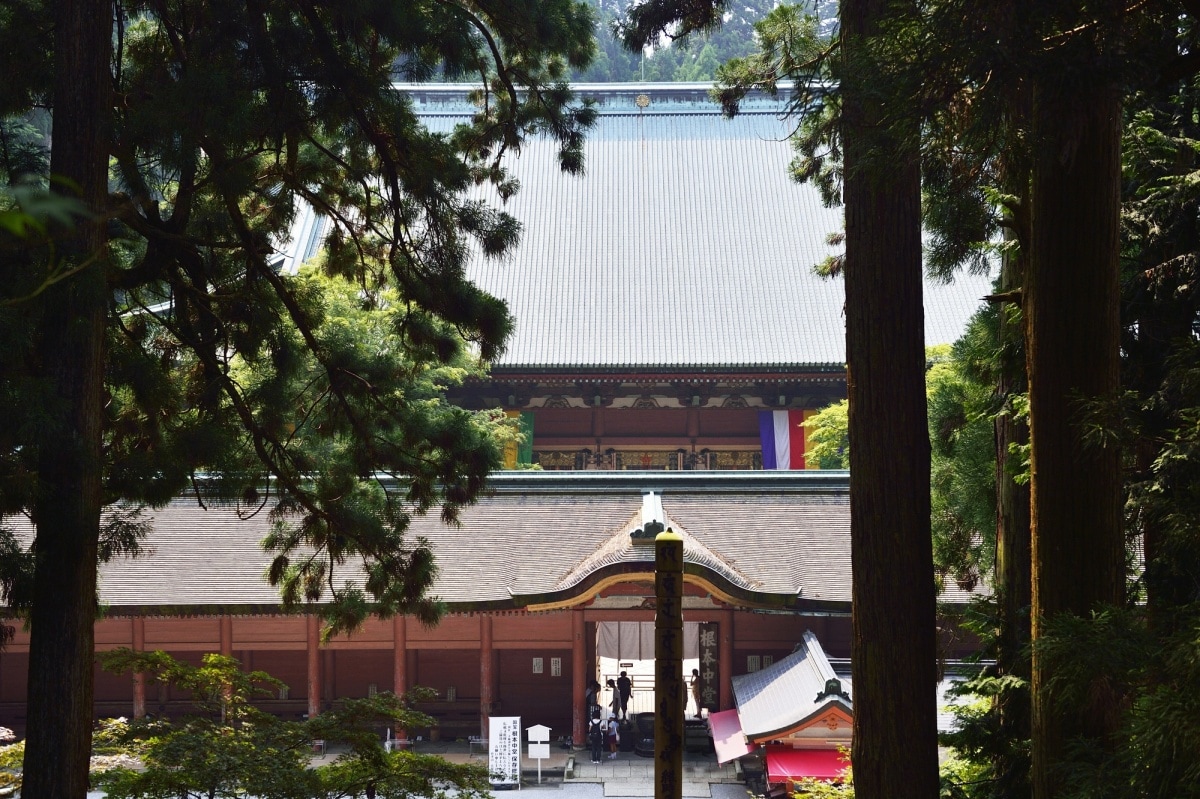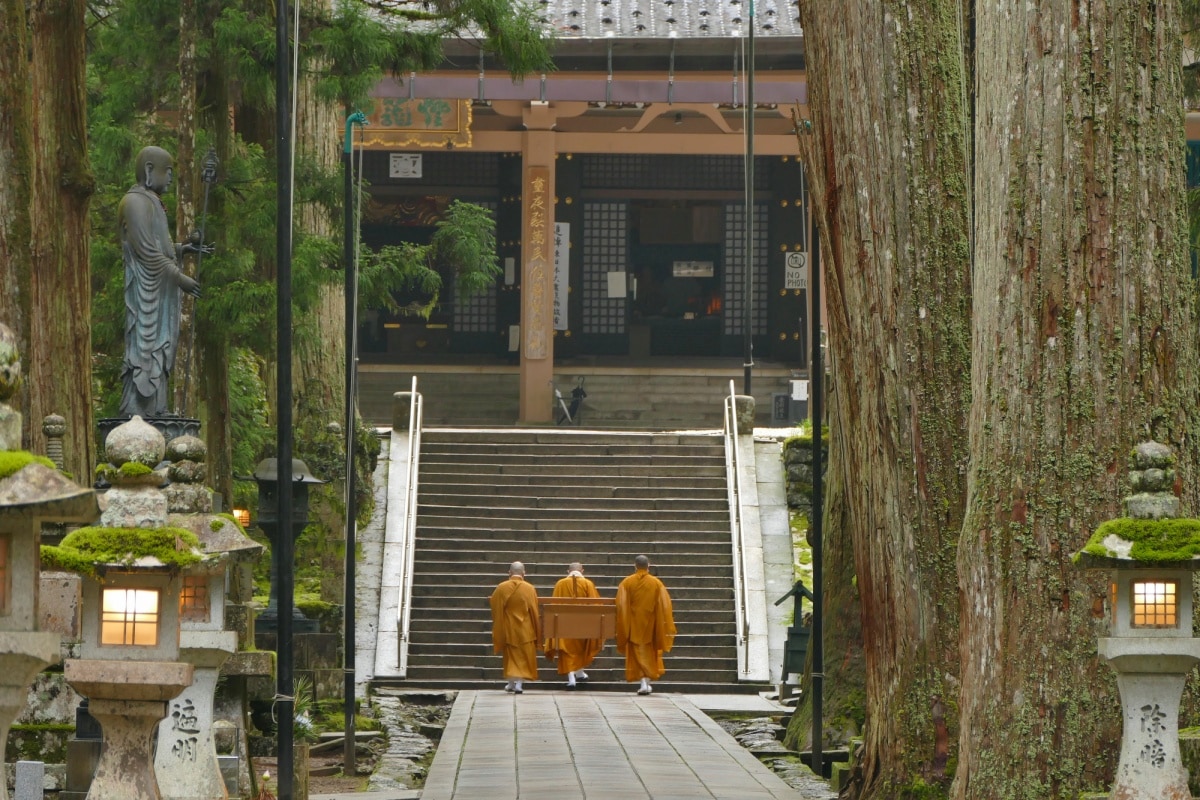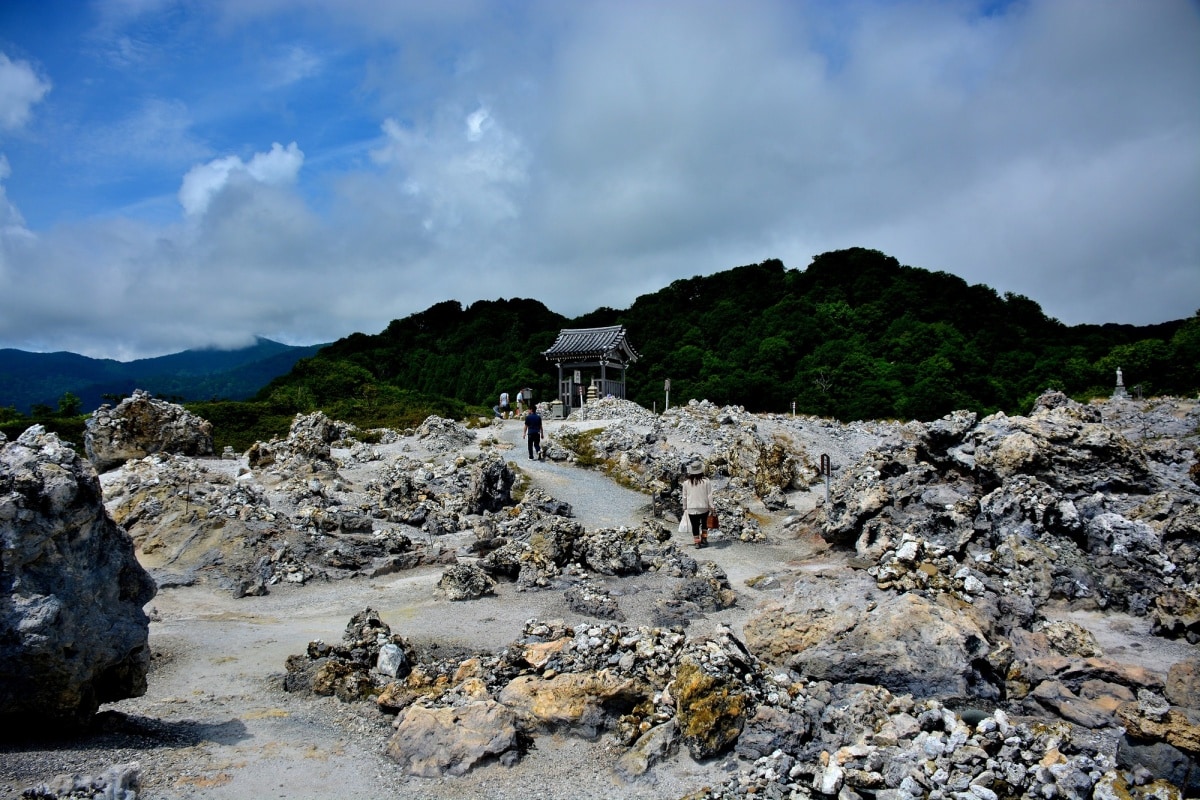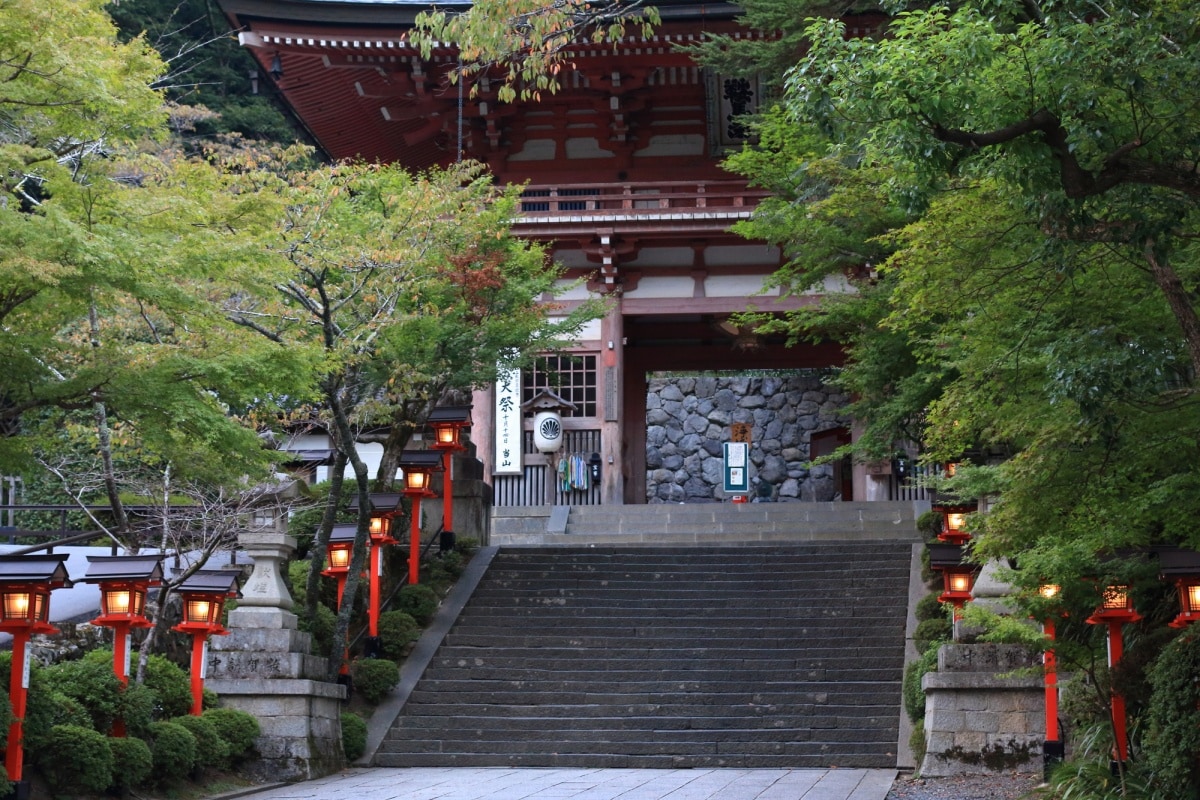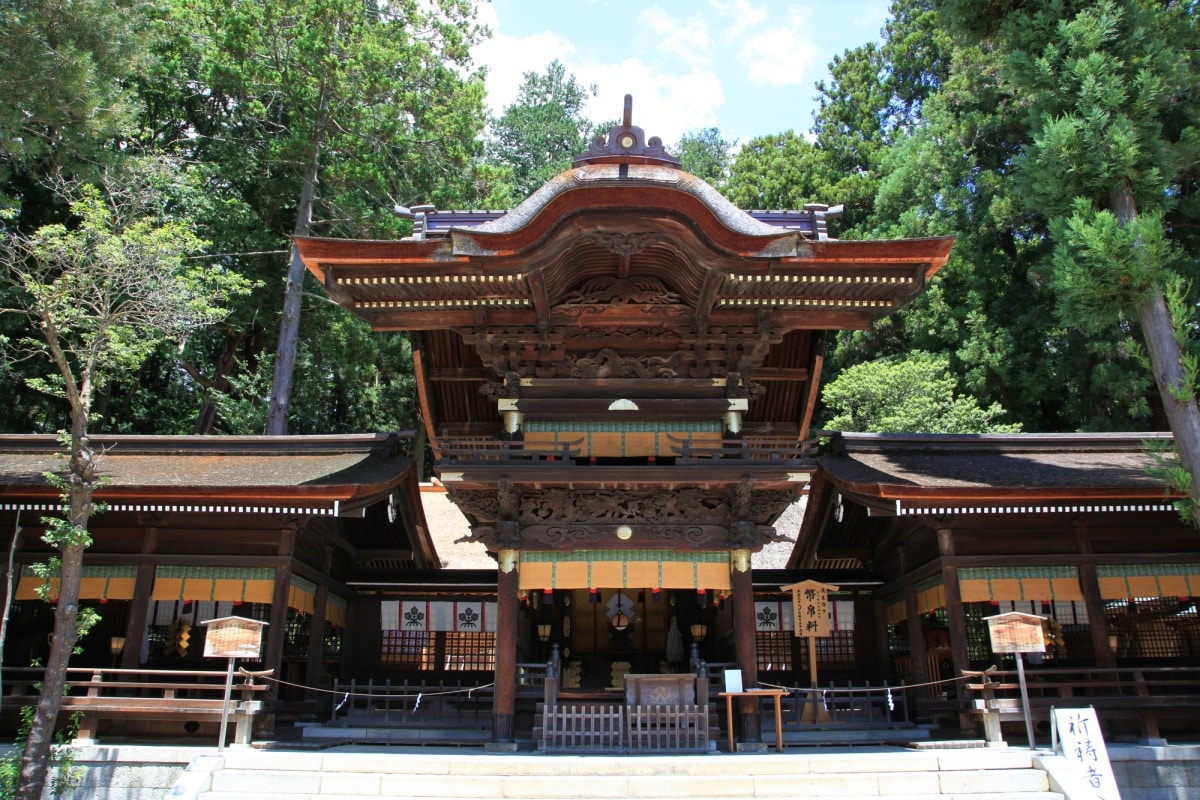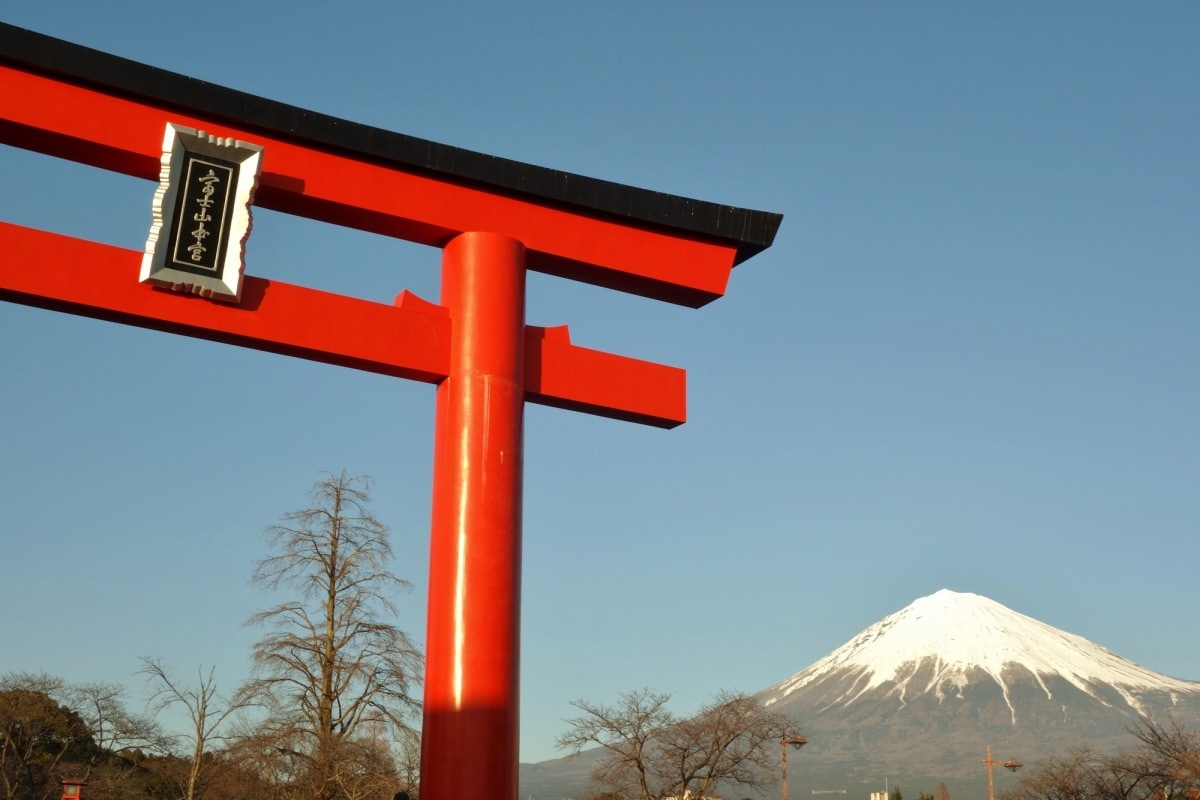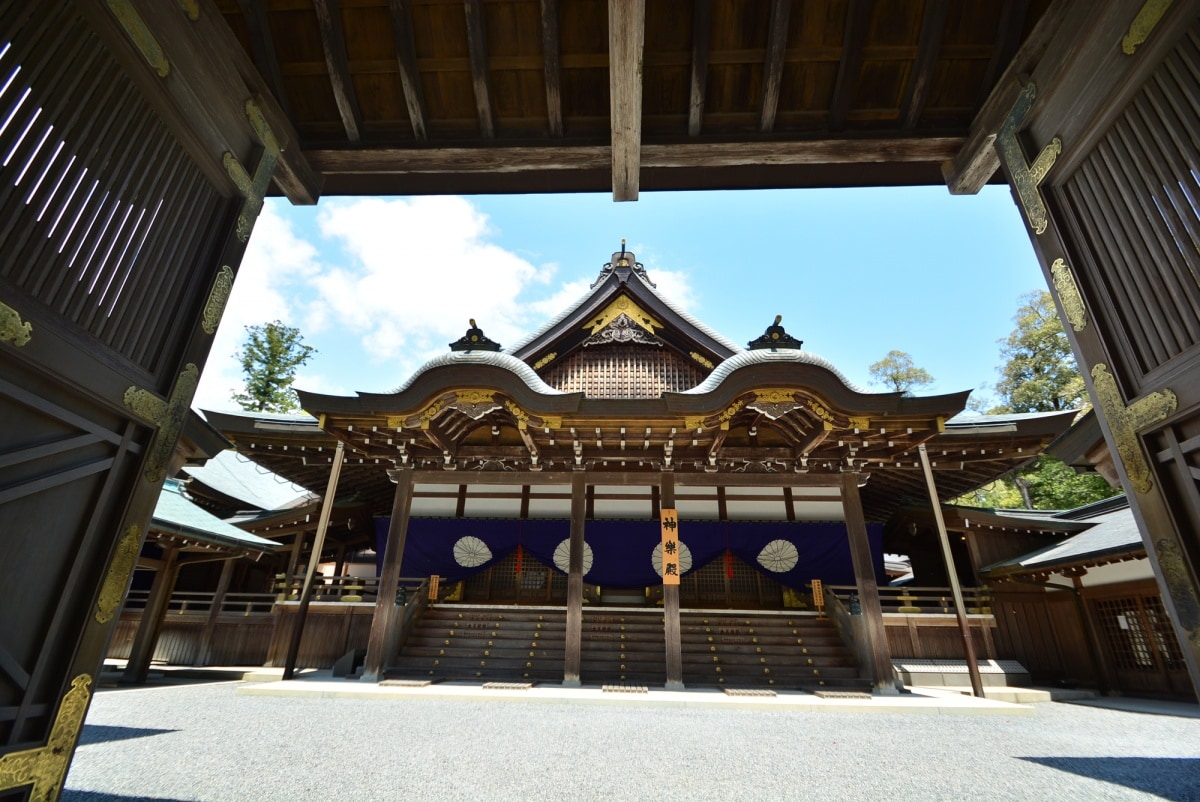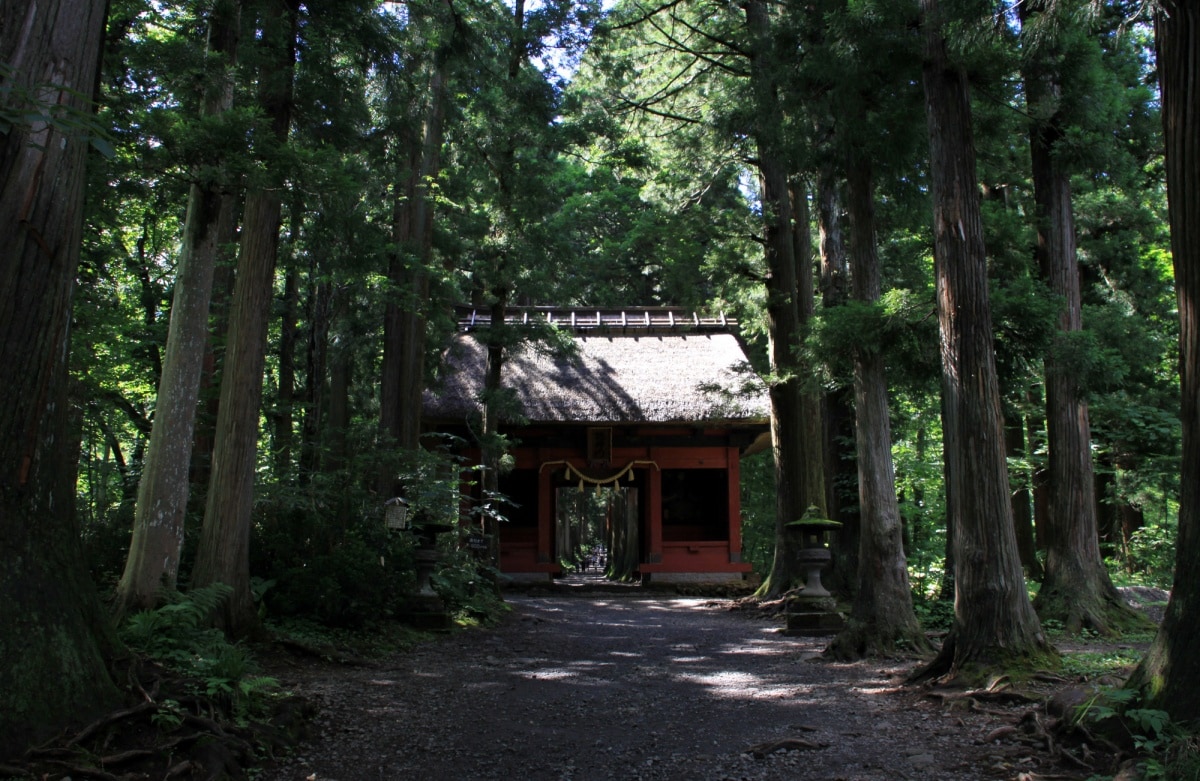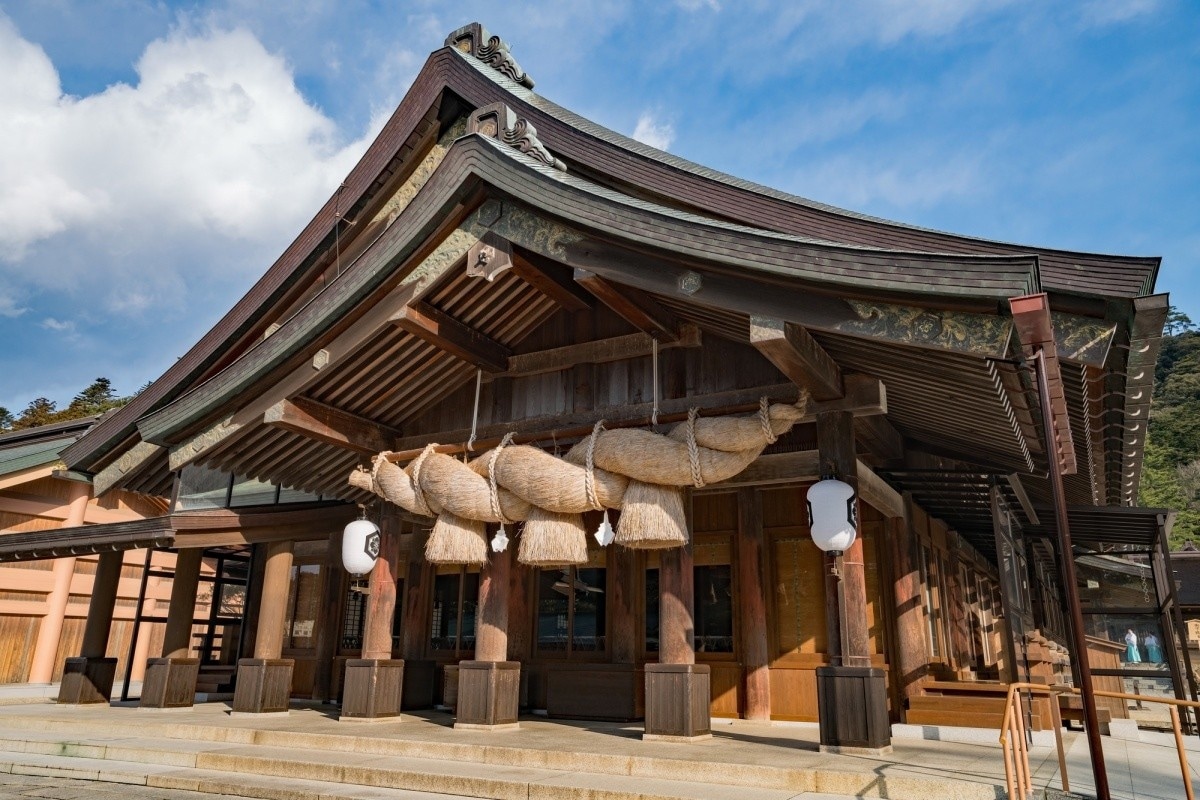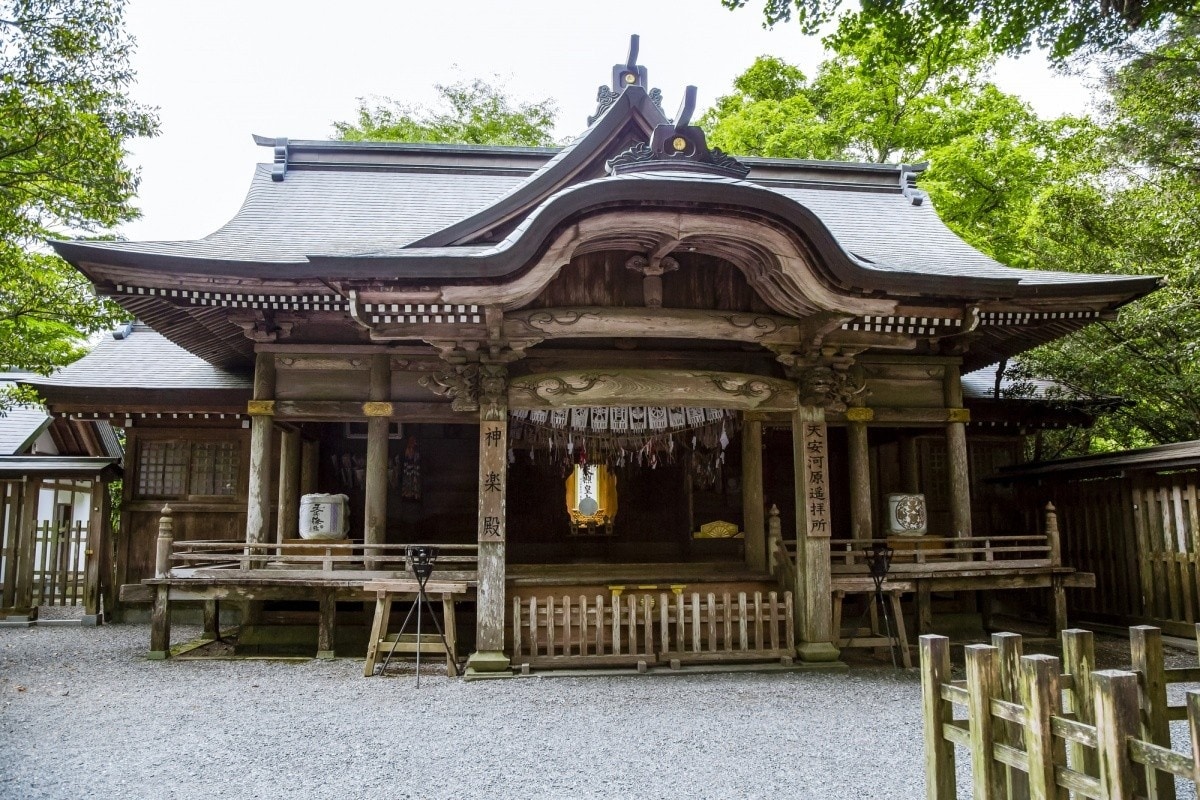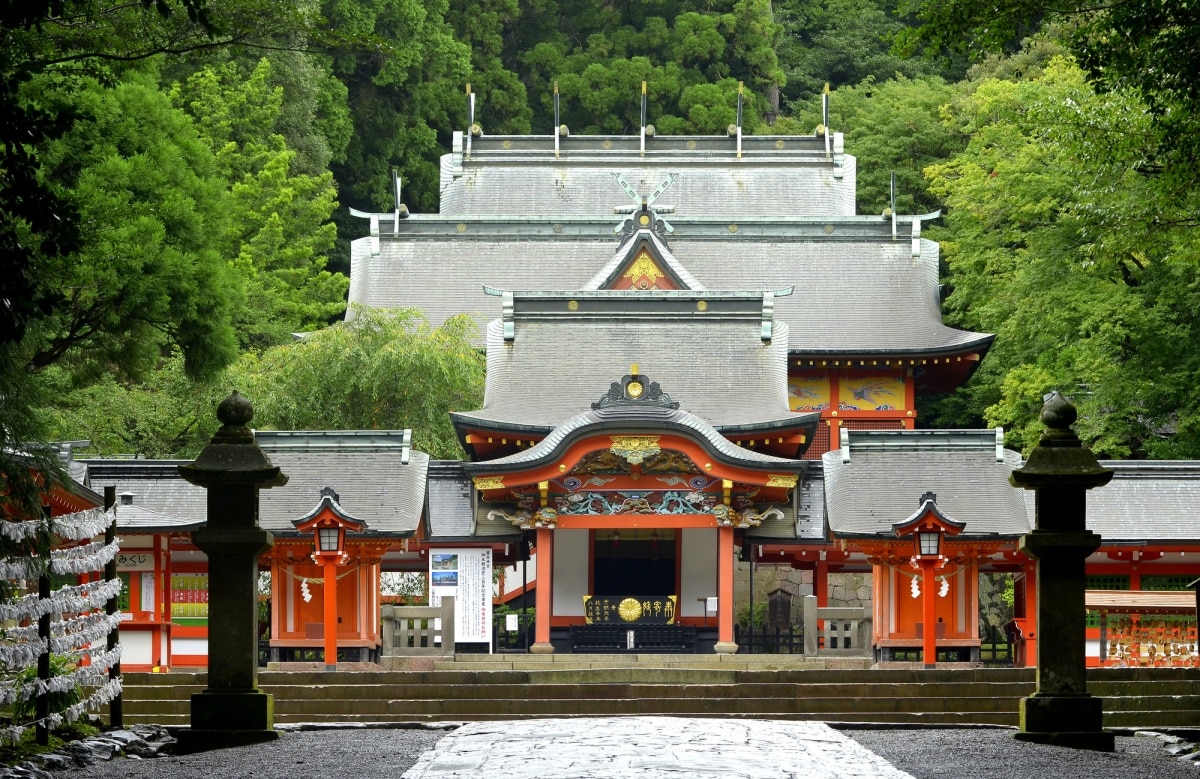Top 20 Power Spots in Japan
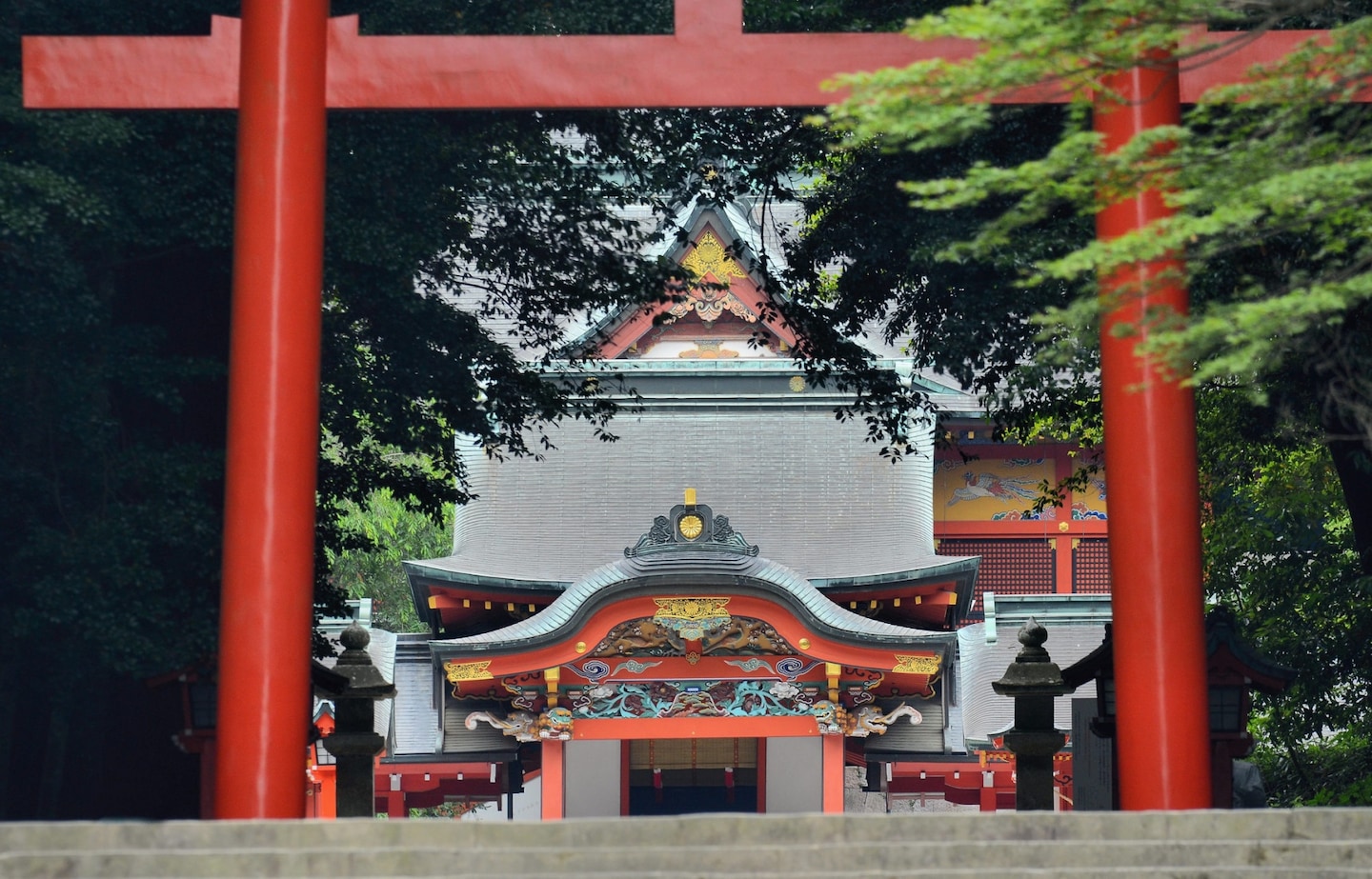
"Power spots" are places believed to endow visitors with refreshing or healing energy. In Japan, the concept generally centers around feng shui principles and sites where the Earth's energy is said to well up—meaning many power spots are tied to ancient shrines, creation myths and Shugendo mountain worship. Here are Japan's 20 top power spots!
By Michael Kanert1. Meiji Jingu (Tokyo)
Meiji Jingu (明治神宮) enshrines the spirits of Emperor Meiji and Empress Shoken. Standing within a man-made forest in the heart of Tokyo, the strongest power spot here is said to be Kiyomasa's Well (清正井・Kiyomasa no Ido) in the Inner Garden, said to have been dug by famed castle-builder Kato Kiyomasa. Perfectly transparent water wells up from a natural spring to flow out toward the shrine's south pond. The entrance to the Inner Garden is hidden just off the main path, and requires a fee for entry.
2. Mount Asahidake (Hokkaido)
At 2,291 meters (7,516 ft), Mount Asahidake (旭岳) is the highest peak in Hokkaido, and the pinnacle of the central Daisetsuzan mountain range. The indigenous Ainu people called this area Kamui Mintara, meaning "Playground of Gods." The central power spot is believed to be found right at Asahidake's smoke-spewing peak, which can be accessed via a short climb from the top of the Asahidake Ropeway.
3. Nikko Toshogu (Tochigi)
The mountains of Nikko were considered sacred even before Nikko Toshogu (日光東照宮) was erected in the 17th century to enshrine the first Tokugawa shogun. While Toshogu is the best-known power spot here, don't overlook nearby Futarasan Shrine (二荒山神社・Futarasan Jinja), where the surrounding mountain deities have been worshiped since the eighth century.
4. Yakushima (Kagoshima)
Located about 50 kilometers (31 mi) south of Kyushu, the island of Yakushima (屋久島) is in itself considered a major Japanese power spot, with the Shiratani Unsuikyo Ravine, the 7,200-year-old Jomon Cedar, and Ogawa Falls standing out for specific recognition. The island's spiritual atmosphere served as inspiration for the mystical forest in Hayao Miyazaki's Princess Mononoke, and it was one of Japan's first four World Heritage sites inscribed in 1993.
5. Mount Aso (Kumamoto)
Mount Aso (阿蘇山・Aso-san) is the largest active volcano in Japan and a significant power spot. Its caldera has a circumference of some 128 kilometers (80 mi), within which lie three municipalities and five additional peaks, including the active Mount Naka (中岳・Naka-dake), the summit of which can be reached by ropeway. Of particular note are the Oshitoishi (押戸石), literally "Push-door Stones," groups of stones up to 10 meters (33 ft) high located on the vast northern caldera wall. While geologists say these formations are entirely natural, some believe markings on the stones represent evidence of the travels of Sumerian seafarers.
6. Kumano Nachi Taisha (Wakayama)
Kumano Nachi Taisha (熊野那智大社) is one of the Kumano Sanzan, the three central shrines of the Kumano area straddling Wakayama and Mie prefectures (the other two key shrines are Hongu Taisha and Hayatama Taisha). Pilgrim trails called the Kumano Kodo (熊野古道, lit. "Old Road of Kumano") have been traveled in this area for over 1,000 years, and form part of the UNESCO-recognized Sacred Sites and Pilgrimage Routes in the Kii Mountain Range.
The shrine stands adjacent to Seiganto-ji Temple (青岸渡寺), which is famous for its three-story pagoda standing before the 133-meter (436-ft) height of Nachi Falls. The original focus of religious worship in the area, the falls are still used for ascetic training by Shugendo mountain monks, and represent a power spot in themselves.
7. Lake Biwa (Shiga)
Lake Biwa (琵琶湖・Biwa-ko) is Japan's largest lake. While the lake is believed to be a power spot in itself, a particular point of focus is Chikubu Island (竹生島・Chikubu-shima), located in the lake's far north. Just 2 kilometers (1.2 mi) in circumference, the island is believed to have the power to grant wishes.
Emperor Shomu, who reigned during the middle years of the Nara Period (710-794), is said to have received a divine message from the sun goddess Amaterasu that Benzaiten—goddess of wealth, eloquence, wisdom and water—had descended upon this island, and that a temple should be built there. Founded in 724, Hogonji Temple (宝厳寺) stands as the oldest of the three most famous temples and shrines dedicated to this goddess (the others are on Itsukushima Island in Hiroshima and Enoshima Island in Kanagawa).
8. Dewa Sanzan (Yamagata)
The Three Mountains of Dewa (出羽三山・Dewa Sanzan)—Mount Haguro (羽黒山・Haguro-san), Mount Gassan (月山・Gassan) and Mount Yudono (湯殿山・Yudono-san)—are said to be the first known site of mountain worship in Japan, dating back some 1,400 years.
Representing birth (Haguro), death (Gassan) and rebirth (Yudono), the shrine at the top of each mountain is believed to be a power spot, with the shrine atop Mount Yudono so holy that no photos are allowed and what occurs there is not to be spoken of. The mountains are particularly sacred to practitioners of the ascetic Shugendo mountain religion.
9. Atsuta Jingu (Aichi)
Atsuta Jingu (熱田神宮) was founded to enshrine the sacred sword Kusanagi-no-Tsurugi (草薙剣), one of the Three Sacred Treasures of Japan (the other two being the mirror Yata no Kagami and the jewel Yasakani no Magatama).
Kusanagi-no-Tsurugi is held to be the embodiment of the sun goddess Amaterasu, who received the blade from her brother Susano-o (who found it in the tail of an eight-headed serpent he defeated). The shrine is said to have been established in the second century A.D. following the death of Yamato Takeru, a legendary hero who was given the sword by the high priestess at Ise Jingu. Even today, the sword is used in the coronation of a new emperor, but since it stays covered and is never shown to the public—and even the ceremonial version is said to be a replica—it remains unclear whether the original sword actually exists.
The shrine grounds are home to a giant camphor tree said to have been planted by Kukai, the founder of Shingon Buddhism, roughly 1,000 years ago. This is another great site for those in search of power spots in Japan.
10. Mount Hiei (Shiga)
Mount Hiei (比叡山・Hiei-zan) straddles Kyoto and Shiga prefectures. In 788, it was chosen as the site for the head temple of the new Tendai sect of Buddhism, erected at the command of Emperor Kanmu to guard Kyoto from evil spirits thought to approach from the northeast. This is a major holy site and a major Japanese power spot.
Today, Enryaku-ji Temple (延暦寺) comprises over 100 structures spread across the mountain—though at its height, these numbered some 3,000, making Mount Hiei one of Japan's premier spiritual centers in its day. Numerous major Buddhist figures, including Honen and Nichiren, studied here before founding their own sects. In time, the temple became so powerful that it had its own army of warrior monks, and it finally became such a threat that it was sacked by Oda Nobunaga in 1571 during his campaign to unify all of Japan.
In 1994, the temple was recognized by UNESCO among the Historic Monuments of Ancient Kyoto. Its main sanctuary, the Konpon-chudo, is home to a light that has burned for over 1,200 years, ever since the temple was founded.
11. Okunoin (Wakayama)
Okunoin (奥の院) is located in the Mount Koya (高野山・Koyasan) region of Wakayama Prefecture. This is the site of a vast religious community founded by the priest Kukai, posthumously known as Kobo Daishi, who lived from the eight to ninth centuries. Kukai was the founder of the Shingon Buddhist sect, and Okunoin is his mausoleum, where is he is believed to be not dead, but in a state of eternal meditation.
With many other notable personages looking to join the famed priest in enlightenment, this has also become Japan's largest cemetery, with over 200,000 tombstones lining the 2-kilometer (1.2-mi) approach to the mausoleum. One of Japan's most sacred places and a key power spot, the various temples and pilgrimage routes are recognized by UNESCO among the Sacred Sites and Pilgrimage Routes in the Kii Mountain Range.
12. Mount Osore (Aomori)
Mount Osore (恐山・Osore-zan)—literally, "Mount Fear"—stands along with Shiga's Mount Hiei and Wakayama's Koyasan as one of the three most sacred places in Japan. Believed to be the entranceway to the Buddhist afterworld, the smell of sulfur fills the air here at the northern tip of Aomori's Shimokita Peninsula. Here you can find poisonous Lake Usori and small cairns piled up along Sai no Kawara (賽の河原), believed to be the riverbed where the souls of departed children await salvation. The temple here, Bodai-ji (菩提寺), holds festivals in late July and early October where people hope to communicate with lost loved ones through blind mediums called itako. If you're in search of mystic power spots in Japan, this is a big one!
13. Kurama-dera Temple (Kyoto)
Kurama-dera (鞍馬寺) is located in the mountains about 30 minutes north of Kyoto city center. Situated about halfway up Mount Kurama and accessible via cable car, it's said to be the birthplace of reiki, a form of alternative medicine that practices palm healing through "universal energy." It's further believed you will feel a surge of energy if you stand in the center of a hexagram before the temple's main hall.
The temple was built here in the year 770. After switching denomination a few times, it's no longer affiliated with any other Buddhist sect, but now worships a trinity it calls the Sonten, which comprises Bishamonten (one of the Seven Lucky Gods), the Thousand-Armed Kannon, and Maoson, a deity said to have come from Venus 6.5 million years ago.
The mountain is further believed to be home of the king of the tengu, who supposedly taught swordsmanship to the renowned 12th-century warrior Minamoto no Yoshitsune. This power spot offers a unique mix of traditional Japanese and more modern occult beliefs.
14. Suwa Taisha (Nagano)
Suwa Taisha (諏訪大社), or Suwa Grand Shrine, is one of the oldest shrines in Japan. Now head of some 10,000 Suwa Shrines, the Nihon Shoki (日本書紀), the second-oldest book of classical Japanese history, dates it to at least the seventh century. The shrine actually consists of four separate structures—each a power spot in its own right—in paired clusters to the north and south of Lake Suwa in Nagano. The precincts of each of the four structures are marked with four giant pillars, which are replaced every six years in a raucous—and sometimes deadly—festival called the Onbashira, next to be held in April and May 2022.
15. Mount Fuji (Shizuoka/Yamanashi)
Mount Fuji (富士山・Fuji-san) is not only Japan's most iconic mountain, it is worshipped as a deity in itself. Located in Fujinomiya City to the southwest of Mount Fuji, Fujisan Hongu Sengen Taisha (富士山本宮浅間大社) is considered part of the Mount Fuji power spot, while the shrine claims the top of Mount Fuji from the eighth stage up as part of its grounds.
Fujisan Hongu Sengen Taisha is said to have been established by Emperor Suinin, the 11th emperor of Japan, believed to have reigned from the first century B.C. to the first century A.D. He enshrined Asama no Okami, wife of Ninigi no Mikoto, at the foot of Mount Fuji to calm its eruptions, and the top portion of the now-quiescent volcano is believed to be a manifestation of her heavenly incarnation.
16. Ise Jingu (Mie)
Ise Jingu (伊勢神宮), also called Ise Grand Shrine or simply Jingu, is the holiest Shinto shrine in Japan, enshrining the sun goddess Amaterasu Omikami. It is also believed to house the sacred mirror, Yata no Kagami (八咫鏡), used to lure the sun goddess out of a cave in which she had hid herself away, depriving the world of light. Long a site of pilgrimages for Japanese people, the shrine is often visited by the imperial family, and the upper echelons of the priesthood are largely of imperial lineage. A power spot that calls on the power of the sun goddess—what more could you ask for?
17. Togakushi Shrine (Nagano)
Togakushi Shrine (戸隠神社・Togakushi Jinja) actually consists of five shrines separated by several kilometers of wooded trails. Here you'll find another power spot that traces its origins to the nation's creation myths: when the stone door to the sun goddess' cave was tossed away, it's said to have flown all the way from Miyazaki Prefecture to this spot in Nagano. It landed at the site of what is now Togakushi's upper shrine, or oku-sha (奥社). Togakushi literally means "hidden door."
18. Izumo Taisha (Shimane)
Izumo Taisha (出雲大社), or Izumo Grand Shrine, is generally considered the second-holiest shrine in Japan after Ise Jingu. It is also possibly the oldest shrine in Japan, dating back to at least the seventh century. Izumo Taisha enshrines Okuninushi no Mikoto, son-in-law of Amaterasu's brother Susano-o. Okuninushi is said to have founded the ancient kingdom of Izumo and, in some tellings, may even have contributed to the formation of the islands of Japan.
In the old Japanese calendar, October was known as Kannazuki or Kaminashizuki (神無月), literally "the month without gods," because at this time the myriad gods of the Shinto pantheon were believed to assemble in Izumo. Conversely, October was known in Izumo as Kamiarizuki (神在月 or 神有月), "the month with gods."
This ancient shrine is famous for its giant shimenawa (注連縄) sacred rope, and known as a powerful matchmaking spot. Visitors should clap their hands four times rather than two when praying—twice for themselves, and twice for their (prospective) partners.
19. Amanoiwato Shrine (Miyazaki)
Hidden away in the mountain town of Takachiho in Miyazaki Prefecture, the Nishihongu (West Main Shrine) of Amanoiwato Shrine (天岩戸神社・Amanoiwato Jinja) venerates the cave where the sun goddess is said to have hid herself away. After participating in a Shinto purification ritual, you can step onto an observation deck behind the shrine’s main building to catch a glimpse of the cave itself, though visitors are allowed no closer to this particular power spot. It can be seen—just barely—across the gorge over the small Iwato River. No pictures of the cave are allowed.
20. Kirishima Jingu (Kagoshima)
Kirishima Jingu (霧島神宮), or Kirishima Grand Shrine, was originally built around the sixth century at the foot of Mount Takachiho-no-mine (not to be confused with the Takachiho area of Miyazaki, which is located some 100 kilometers/62 mi to the northeast). However, after repeatedly burning down due to volcanic eruptions, the shrine was moved to its present location roughly 5 kilometers (3.1 mi) to the southwest, and the current construction dates to 1715.
Sitting right on Miyazaki Prefecture's western border with Kagoshima, Takachiho-no-mine is said to be the site where Ninigi no Mikoto, grandson of the sun goddess Amaterasu, descended to earth to establish the line of Japanese emperors. The shrine is also believed to be a power spot granting family safety and career success, and an 800-year-old cedar on the site is said to have the power to answer prayers.
We hope that's enough power for you! Japan has many more power spots—every tourist location seems to want one now—but these are some of the biggest you could hope to find!


